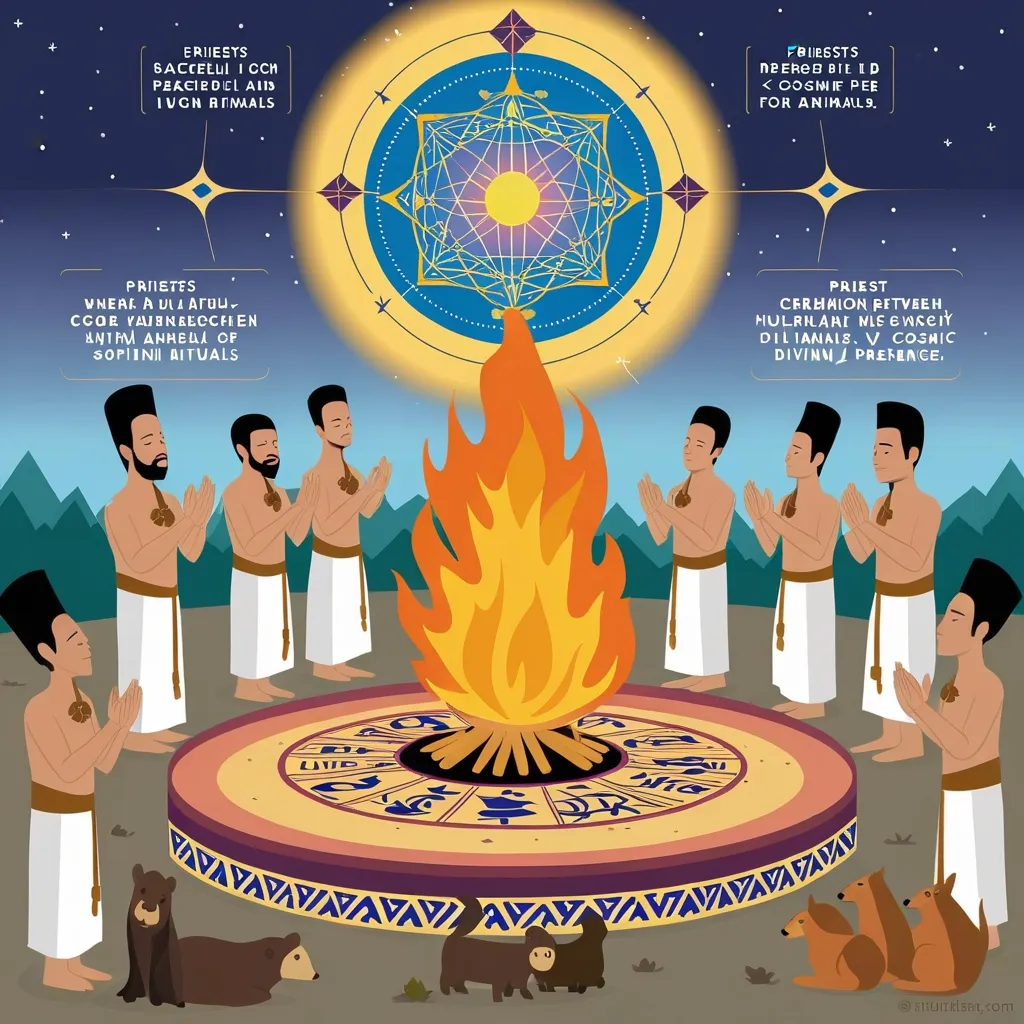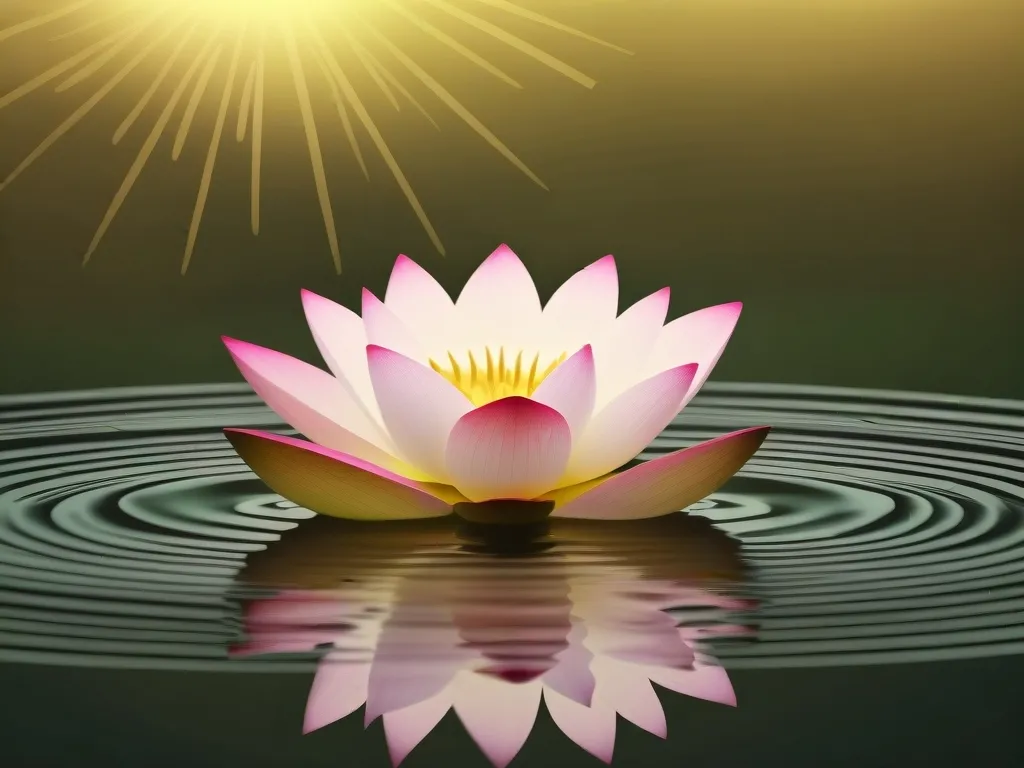In the vast ocean of Hindu scriptures, the Yajur Veda is like a lighthouse that guides various Vedic rituals and ceremonies, with Chaturmasya being one of its brightest beacons. Essentially, Chaturmasya translates to “four months,” and it’s a bundle of rituals designed to keep the cosmic order in check and ensure prosperity throughout the year. Honestly, it’s kind of like giving the universe a tune-up four times a year.
Now, the Chaturmasya rituals are all about syncing with the changing seasons. These seasonal rituals are super important for ensuring the fertility of the land and general well-being. Each set of rituals aligns with a specific time of the year, calling upon different deities to bless various aspects of life.
Breaking Down the Seasons
Chaturmasya splits the year into four main periods, each packed with rituals tailored to the specific needs of that season. Let’s take a wander through each one.
Shravana
First up is Shravana, which hits during the monsoon season. Think of it as nature’s reboot. During this time, the rituals focus on praying for plentiful rain and soil that’s as fertile as can be. It’s all about growth and renewal. Everything from planting crops to restoring nature’s balance depends on these rituals.
Ashvina
Next, we’ve got Ashvina, which drops just after the monsoons. Here, it’s all about the harvest. The rituals during this period are essentially like sending a thank you card to the gods for a good crop yield. It’s a way to celebrate and ensure that everyone has enough food to go around.
Kartika
Then comes Kartika, during autumn. The focus shifts to purification and preparation for the upcoming year. These rituals aim to cleanse the spirit and get everyone in the community ready for the new cycle. Think of it as a spiritual deep-clean.
Phalguna
Finally, there’s Phalguna, which rolls in with the winter. This period’s rituals are all about calling on the gods for protection and prosperity to get through the cold months. It’s a time to hunker down, stay safe, and gear up for the coming year.
Getting into the Rituals
Each of these seasons has its own set of detailed rituals and ceremonies, and these aren’t just about mumbling a few prayers. They’re intricate and steeped in tradition.
Agnihotra and Daily Rituals
Central to Chaturmasya is the Agnihotra, a daily fire-offering ceremony. You’ve got to keep that sacred fire burning and perform offerings both morning and evening. The Yajur Veda lays out all the mantras and steps, emphasizing how every action needs to be clean and precise.
New and Full Moon Sacrifices
Another crucial part is the Darshapurnamasa sacrifices, which happen on new and full moon days. These rituals involve chanting hymns to call upon the gods for blessings and prosperity. Their goal is to ensure balance and harmony in the cosmos.
Seasonal Sacrifices
Season-specific rituals also play a big role. For instance, during Shravana, there are ceremonies to ask deities for good crops. These rituals are vital for maintaining the rhythm of nature and ensuring everyone has enough to eat.
Animal and Soma Sacrifices
While most Chaturmasya rituals are non-violent, some do include animal sacrifices (Pashubandha) and elaborate Soma sacrifices (Somayaga). The Yajur Veda gives detailed instructions on how these should be done. They involve picking out the right animal or Soma plant, followed by rituals to invite divine presence.
Beyond the Rituals
These rituals aren’t just about going through the motions; they have deeper philosophical and metaphysical meanings. The Chaturmasya serves to maintain cosmic order, impacting everything from individual well-being to universal harmony. The mantras and hymns used are believed to hold power, capable of influencing the cosmos and bringing harmony.
Special Rites and Hymns
Apart from the seasonal rituals, Chaturmasya also includes rites aimed at specific purposes. Shanti rites, for instance, aim to calm disturbances and ensure peace, while Pushti rites focus on enhancing health, wealth, and overall well-being. These rites are full of specific mantras and prayers designed to invoke deities to remove obstacles and bring about balance.
Everyday Duties and Spiritual Practices
The Chaturmasya isn’t just about seasonal rituals; it extends to daily spiritual practices. Offering to gods like Agni, Vayu, and Surya is an everyday affair. These practices include daily japa (chanting), homa (fire offerings), and vedaadhyayana (study of the Vedas). The idea is to lead a life in harmony with the universe.
Pulling in the Community
Chaturmasya rituals aren’t a solo endeavor. They’re deeply communal, with everyone coming together to perform the ceremonies. Spiritual leaders often guide the community through the intricate steps and mantras. This collective effort ensures that the benefits of the rituals are enjoyed by all.
Wrapping Up
The Chaturmasya rituals of the Yajur Veda are a shining example of ancient wisdom from the Vedic tradition. Spanning four crucial periods of the year, these rituals are all about ensuring abundance and harmony within the community. By diving into these traditions and participating in them, you get to appreciate the delicate balance between nature, the universe, and human existence. The Chaturmasya rituals continue to be a guiding light, teaching us how to live harmoniously and prosperously, just as they have for centuries.






